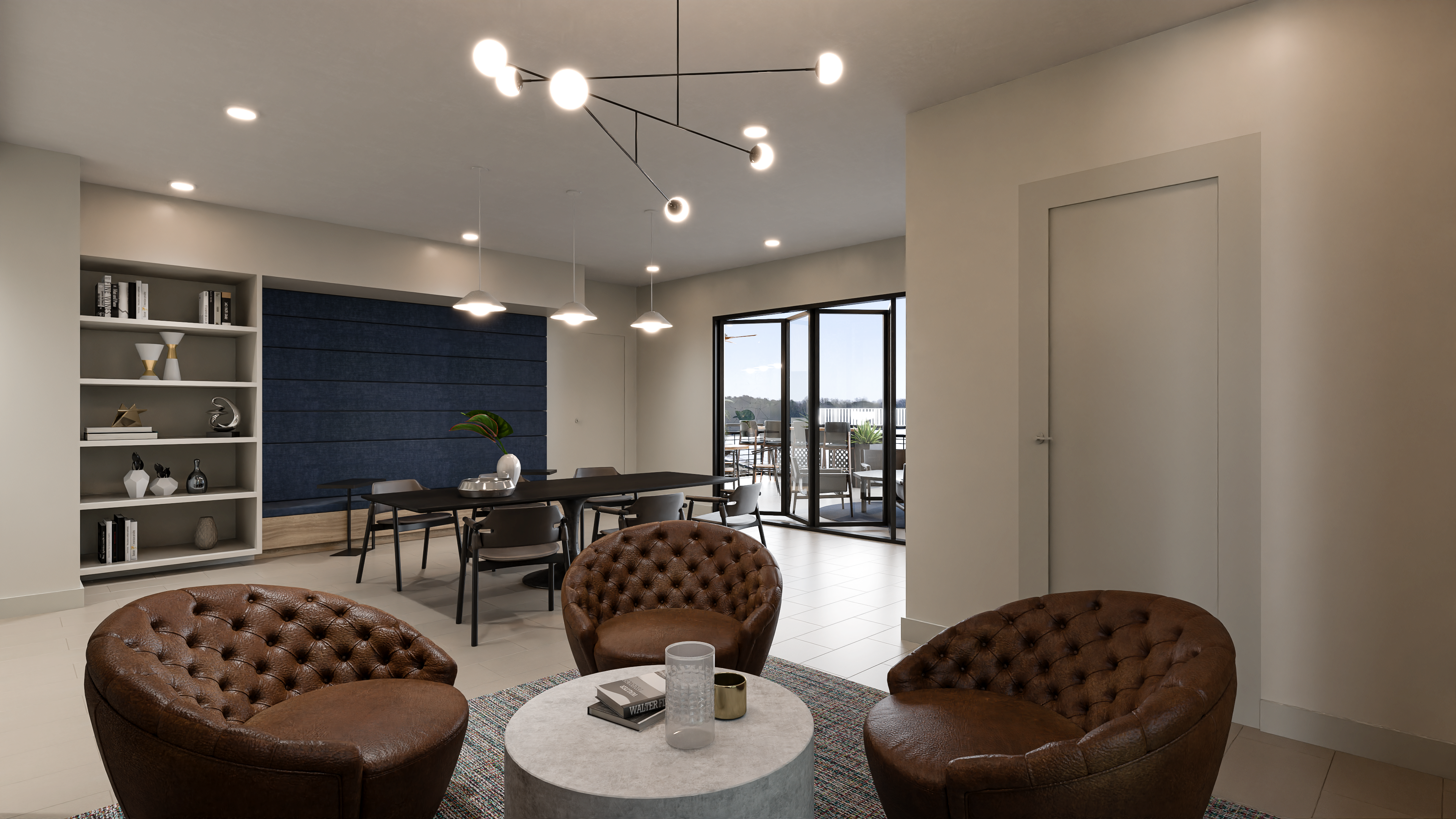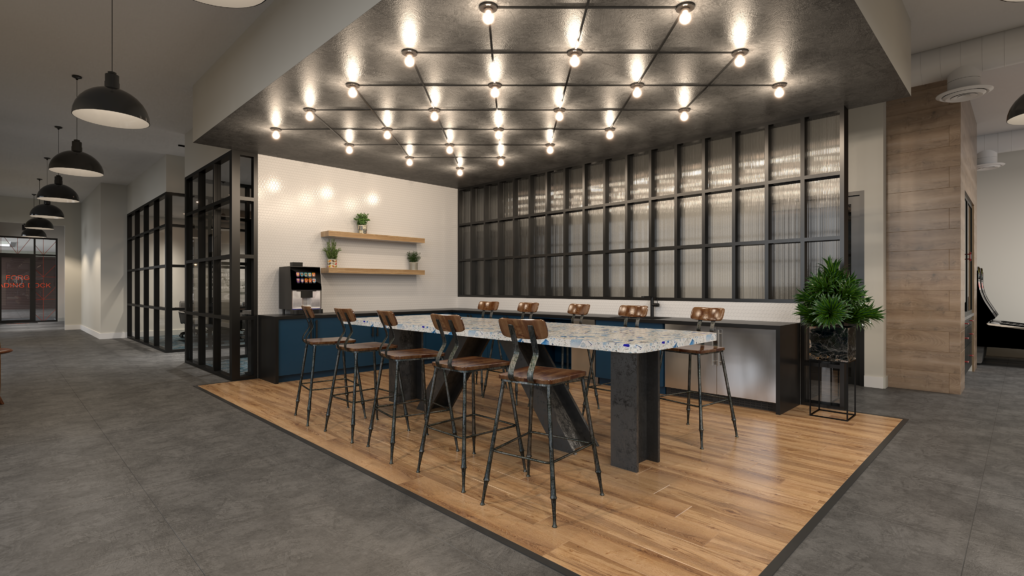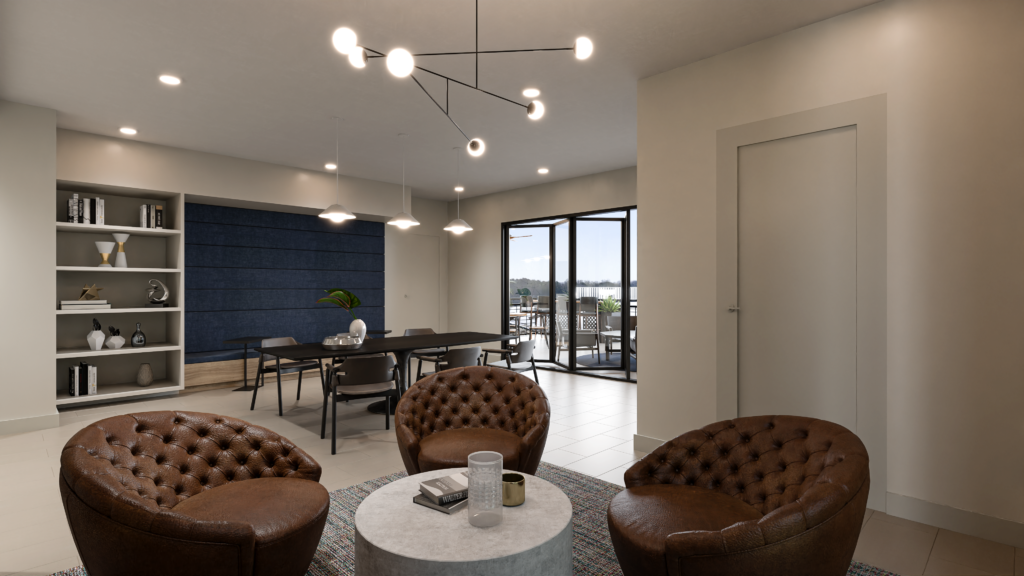The Future of Real Estate Marketing Showcased by Virtual Reality
Changes Virtual Reality had on Real Estate Marketing
With specific technology being required and many people not having the extensive hardware lying around, keeping up has been a struggle. That’s where Outer Realm comes in with immersive reality which can be used on any mobile device, laptop, and a set of headphones all connected to a Bluetooth connection. This has allowed people to take their devices and enjoy virtual reality without having to spend hundreds of dollars on hardware or software with being limited to any engagement.
Picture this: You immediately start touring properties on YouTube or embarking on Oculus adventures, all with a straightforward laptop-to-headset connection via Bluetooth. Outer Realm is leading the charge in making virtual reality real estate marketing inclusive and accessible to all.
Acceptance of Immersive Experiences
The days of flat photos and motionless movies that fail to reflect the actual character of property is long gone. Virtual reality showcases provide an immersive experience that previews potential buyers in the reality of a property.
This ground-breaking approach to real estate marketing features a three-dimensional walkthrough that allows users to examine spaces from every aspect. At Outer Realm, we have used technology to create immersive experiences that connect the gap between imagination and reality.
When you step into a virtual tour of a property, it’s like being there in person. You can walk through each room, admire the view from the balcony, and get a sense of the property’s flow and layout. Just like Nabil Butt stated, alongside creating a more engaging marketing experience comes the advantage of reducing marketing costs. When potential buyers experience properties from the comfort of their home, it means that they save money and time on transportation plus convenience. With ease, the enhanced marketing left a level of immersion that is a game-changer for both buyers and sellers.
Reaching an International Audience
One of the most surprising benefits of virtual reality is its ability to transcend geographical boundaries. Potential buyers from all over the world can use virtual reality technologies to examine properties as if they were physically present. This broad accessibility creates new chances for overseas purchasers who might otherwise be hesitant to spend in the absence of actual experience. As a result, virtual reality displays are broadening the reach of real estate listings and attracting a broader variety of prospective purchasers.
When a buyer from another country explores a luxury apartment or office space in a crowded city without leaving their home, they find convenience. Studies found that 56% of buyers said they would buy a house without seeing it in person if a virtual tour was offered. This level of accessibility not only expands the market but also streamlines the buying process for international clients.
Progressing Trends
The real estate environment is undergoing a dramatic shift, propelled by a surge of progressive developments that are altering the industry as we know it. In an era of limitless digital innovation, the real estate industry is ushering in a new era of immersive experiences, data-driven insights, and sustainable practices. The evolution is clear, from customisable virtual tours that allow for individualized property discovery to the incorporation of augmented reality for real-time information transmission. While mobile virtual reality accessibility is democratizing the immersive experience, virtual staging is altering property display.
Meanwhile, 360-degree live tours bridge geographical divides, while virtual reality analytics enable tailored marketing methods. Beyond individual houses, virtual neighborhood tours reveal the soul of communities by emphasizing eco-friendly features, while collaborative virtual reality meetings are revolutionizing real-time communication. Finally, the commercial real estate industry is utilizing virtual reality to exhibit various commercial premises. These themes, taken together, point to a dynamic future for real estate in which innovation and sustainability dominate.
Review of Highlighted trends:
- Customizable Virtual Tours: Create customized virtual tours for a more personalized customer experience.
- AR Integration: Using augmented reality and virtual reality to deliver real-time property information.
- Virtual staging: is the process of digitally outfitting properties in order to display their potential.
- Mobile VR Accessibility: Increasing access to virtual reality experiences via cell phones.
- 360-Degree Live Tours: Interactive virtual showings in real time for remote buyers.
- Eco-friendly characteristics: are used to highlight sustainable real estate tours.
- Collaborative VR Meetings: Real-time conversations in virtual environments.
Engage, Connect, Convert
The ability of virtual reality to increase engagement and emotional connection directly translates to its impact on sales. Potential buyers are more likely to create an emotional connection when they can virtually step into a house, evaluate its characteristics, and even imagine future upgrades.
This emotional investment can eventually lead to faster decision-making and higher conversion rates. Being able to visually see what your space will look like with furniture, appliances, and small details makes a world difference. Properties may stand out in a competitive market by utilizing virtual reality experiences, making a lasting impact on purchasers.
Leading the VR Incline
In conclusion, virtual reality is improving real estate marketing, offering immersive experiences that engage and connect with buyers on a deeper level. And the numbers speak for themselves:
- Engagement: When compared to conventional 2D listings, virtual reality tours receive 95% more phone calls.
- Conversion: VR-enhanced listings produce 49% more qualified leads.
- Cost Efficiency: Virtual tours save property marketing time by 6.4%.
- Global Reach: 77% of buyers prefer to view a property virtually before viewing it in person.
Ultimately, the revolutionary potential of VR showcases is shaping the future of real estate marketing. These immersive experiences have changed the way properties are displayed, engaged worldwide audiences, and sped up sales processes. Data from Trend Sherpas includes, “Forecasts predict that from 2023 to 2030, the market will experience a compound annual growth rate (CAGR) of 13.8%. This projected growth indicates a promising future for the virtual reality industry”.
This prediction shows that the real estate industry is entering an era in which virtual reality is more than just a technological innovation, but a strategic advantage that molds buyer experiences and distinguishes homes in a tense market.
Ready to Showcase 360 Virtual Tours into Your Real Estate Marketing?
Contact Us Now or Call Us at (212) 655-4626.




